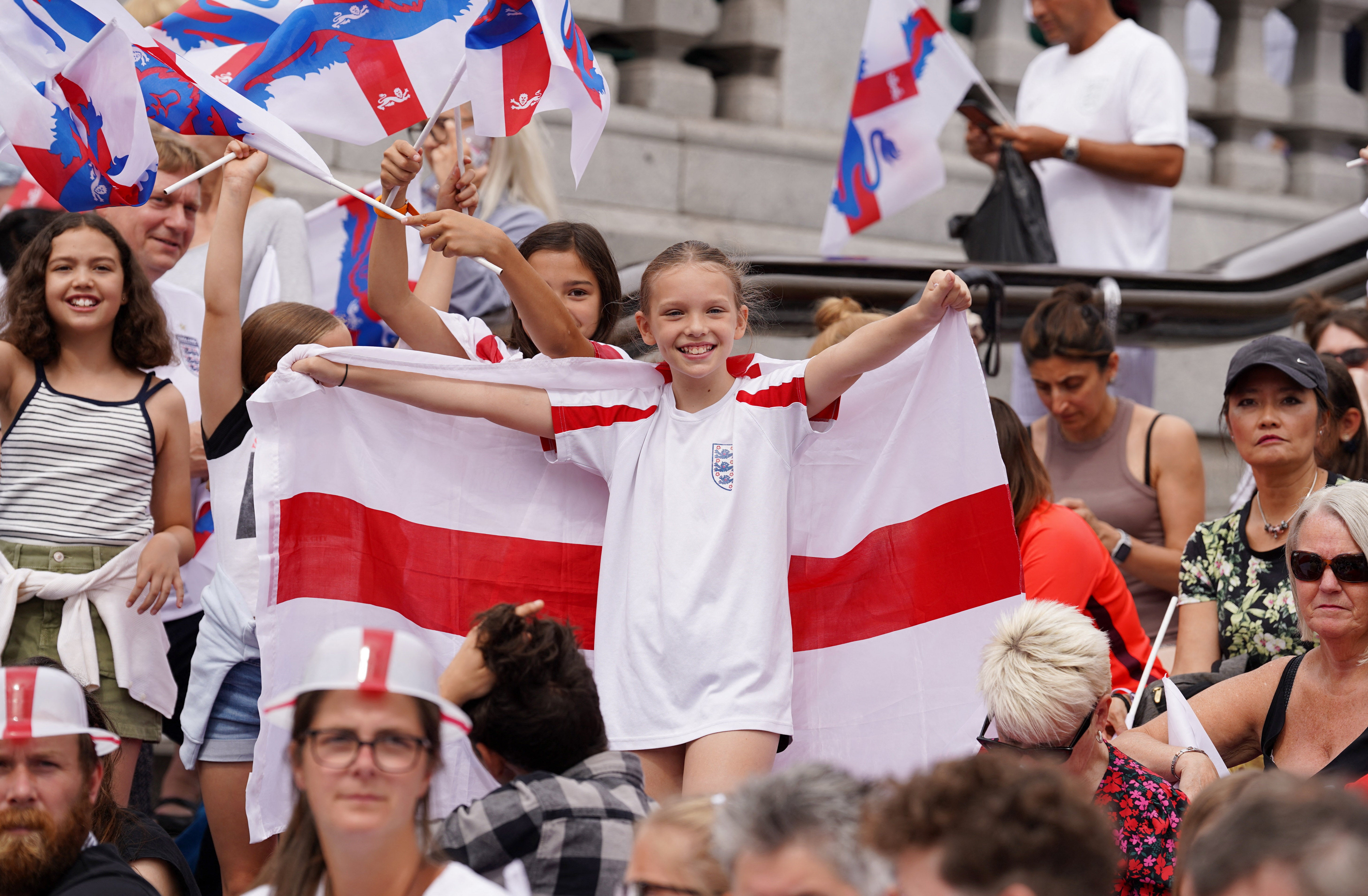The Lionesses have finally been recognised after 40 years – but what’s next?
Finally, it feels as though the women’s game – certainly at a national level – is being given the attention it deserves. Why has it taken so long?


Your support helps us to tell the story
From reproductive rights to climate change to Big Tech, The Independent is on the ground when the story is developing. Whether it's investigating the financials of Elon Musk's pro-Trump PAC or producing our latest documentary, 'The A Word', which shines a light on the American women fighting for reproductive rights, we know how important it is to parse out the facts from the messaging.
At such a critical moment in US history, we need reporters on the ground. Your donation allows us to keep sending journalists to speak to both sides of the story.
The Independent is trusted by Americans across the entire political spectrum. And unlike many other quality news outlets, we choose not to lock Americans out of our reporting and analysis with paywalls. We believe quality journalism should be available to everyone, paid for by those who can afford it.
Your support makes all the difference.Is England finally embracing women in football?
Here we are again. An England side in their prime, confidently seeing off all the best teams in Europe, clearing an unbeaten path all the way past Germany.
We all remember how Euro fever gripped England last year. There were some, myself included, who questioned whether the Lionesses would capture the nation’s attention in the same way as the men’s game. I’m delighted to be proved wrong.
Throughout this tournament, excitement has been fever pitch. The atmosphere was incredible, from the music and anticipation within the grounds, to the camaraderie and respect teams have shown to fellow players and officials. We saw seeing people hosting matchday parties, city fan zones set up, spectators flocking to the pub and sold-out stadiums.
Coverage of the Lionesses has been at a level we have never witnessed before, from in-depth match analysis to deep dives into the players’ lives, something we’ve come to expect, rightly or wrongly, with the men’s game. And where fans flock, so too do advertisers, and the majority of campaigns and sponsorships this year have taken a refreshing approach. Volkswagen’s #NotWomensFootball was a particular standout.
I was a football-mad teenager of the 1970s, the decade the original Lionesses were founded. The difference in the respect given to our female national side then – as compared with today – is night and day. In fact, the 1972 women’s squad are rightfully campaigning for an apology from the Football Association for failing to award caps and “forgetting” them for 50 years.
So though I loved football as a young girl, I did not truly have female role models in the sport because, at the time, they simply were not given a platform in the same way that famous male players were. The opportunities to play in an all-girls side were also non-existent, and I’d argue it was closely linked to the fact that professional female squads were not given the attention – and, in turn, the resources – they deserved, not to mention the fact that women’s football was effectively banned in the first half of the last century.
My teenage daughter – equally football-mad – has luckily grown up in an era when the sport is far more welcoming to women. She sees women play the sport at a national level in sold-out stadiums. She’s part of an all-girls side that gets coaching and support to nurture their talent and love of the game. She has even had the chance to work with Girls United, an organisation that exists to give girls around the world equal access to the sport, whose efforts were recently featured in Vogue.
Although there are greater opportunities to play the game for young girls today, there is still a shortage of grassroots facilities and pitches to play on. The space is either not there or not maintained as well as it should be. Part of the London Football Association’s four-year strategy to create a “sustainable” future for women’s and girl’s football is to upgrade facilities for players and fans to help properly develop on-pitch talent. It is an issue reflected at the top-flight level of women’s football too.
To keep up to speed with all the latest opinions and comment sign up to our free weekly Voices Dispatches newsletter by clicking here
Sports reporter Beth Fisher has pointed out that there are players in the Women’s Super League – the highest league of women’s football in England – paid as little as £20,000 a year. The medical care they receive is also nowhere near the level of Premier League players, and the facilities are dwarfed by their male counterparts’ grounds.
Take Chelsea Women, who play at Kingsmeadow, a ground with a 4,000 capacity. Compare this with Stamford Bridge, home of the Chelsea men’s team, with its capacity of more than 40,000.
It is clear that our Lionesses are being given the respect and attention they rightfully deserve. What we need to see now is this extended to women in football across the board, no matter the level. If the appetite for women’s football is spurred on by the spotlight on our Euros campaign, inspiring more fans and potential players to get into the sport, we have to make sure the funding, support and facilities can meet this, at every level.
Sophie Hind is a lifelong football fan, advocate for women in sport and managing director of Voiceworks Sport
Join our commenting forum
Join thought-provoking conversations, follow other Independent readers and see their replies
Comments